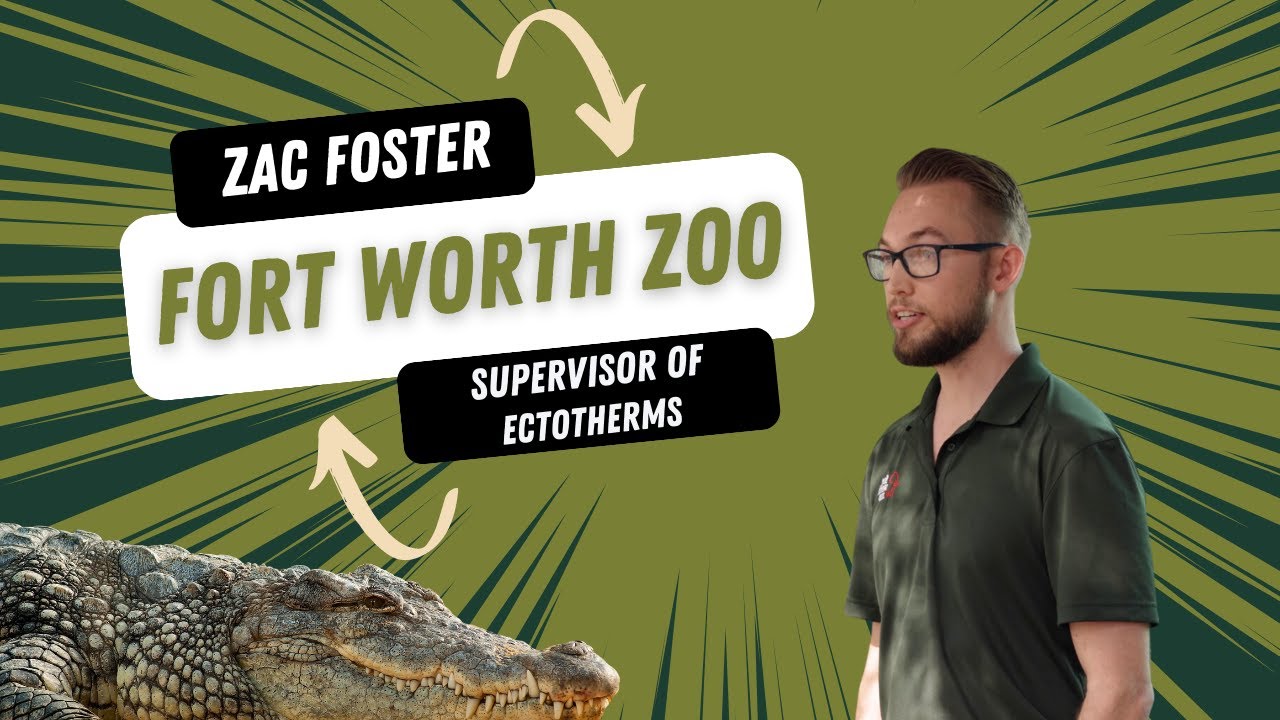*****
Summary of Transcript:
The video features Zach Foster, the supervisor of ectotherms, responsible for caring for cold-blooded and scaly animals in the zoo. His job is unpredictable, as no two days are the same when working with live animals. Zach loves educating guests about the animals he works with and shedding light on their unique qualities, which often go unnoticed. He also enjoys working with these animals, observing their behaviors, and learning more about them.
*****
The Wonderful World of Ectotherms: A Closer Look at Cold-Blooded Creatures in Zoos
Introduction
Ectotherms, or cold-blooded animals, possess unique characteristics that make them an intriguing subject for zoological research and conservation efforts. Get ready to immerse yourself in the captivating lives of these amazing creatures! In this blog post, we’ll explore the fascinating world of ectotherms in zoos, discuss their unique physiological traits, and highlight some common species found in zoological institutions.
Understanding Ectotherms
Ectotherms, known as poikilotherms or cold-blooded animals, primarily rely on external heat sources to regulate their body temperature. Unlike endotherms (warm-blooded animals), ectotherms do not generate heat internally. This means that their body temperature fluctuates with the ambient temperature of their environment.
Some of the most well-known ectotherms include reptiles, amphibians, and fish. Their unique physiology allows them to survive and thrive in various habitats, from tropical rainforests to arid deserts.
Ectotherm Adaptations
Ectotherms have developed various behavioral and physiological adaptations to cope with their temperature-dependent metabolism. Some of these adaptations include:
- Basking: Many ectotherms bask in the sun to absorb heat and increase their body temperature. This process is crucial for their digestion, reproduction, and overall well-being.
- Hibernation/Brumation: In colder climates, some ectotherms, like certain reptiles, enter a state of dormancy called brumation. During this period, their metabolic rate decreases, allowing them to conserve energy.
- Body coloration: Some ectotherms can change their body color to aid in thermoregulation. For example, darker colors help them absorb heat more efficiently, while lighter colors reflect sunlight and keep them cooler.
Ectotherms in Zoos
Zoos play a vital role in the conservation and education of ectothermic species. They provide a controlled environment for the animals, ensuring their specific temperature requirements are met. Here are some common ectotherms you can encounter at zoos:
- Reptiles: Some popular zoo reptiles include tortoises, snakes, lizards, and crocodiles. Reptile exhibits often feature temperature-controlled enclosures with basking spots and UV lights to mimic their natural habitats.
- Amphibians: Frogs, salamanders, and caecilians are examples of amphibians found in zoos. These creatures require moist environments and are often housed in specially designed-habitats with controlled humidity levels.
- Fish: A variety of fish species, both freshwater, and saltwater, are displayed in zoos and aquariums. Fish exhibits are designed to replicate their natural environments, complete with temperature-controlled water and species-specific lighting.
Conservation and Education Efforts
Zoos are instrumental in the conservation and education of ectothermic species. Through breeding programs, zoos help maintain the genetic diversity of threatened or endangered species, which is crucial for their long-term survival. Moreover, zoos provide educational opportunities for the public to learn about these fascinating creatures, their unique adaptations, and the importance of conservation efforts.
Ectotherms are a diverse group of animals with extraordinary adaptations that enable them to thrive in various environments. Zoos play a critical role in the conservation and education of these species, ensuring their survival and raising public awareness about their unique qualities. So, the next time you visit a zoo, take a moment to appreciate the incredible world of ectotherms and the vital role they play in our planet’s ecosystems.
*****
Source Description

